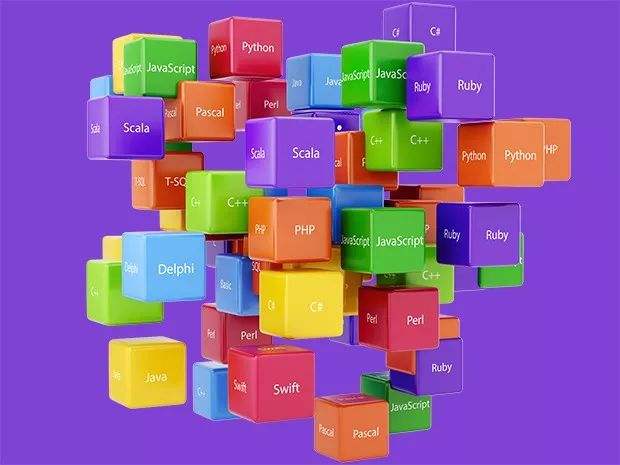作者: | 来源:互联网 | 2023-09-03 17:43

目录
- 1. futures.ThreadPoolExecutor
- 2. 期物
- 3. 阻塞型I/O和GIL
- 4. 使用concurrent.futures模块启动进程
learning from 《流畅的python》
1. futures.ThreadPoolExecutor
import os
import time
import sys
import requests
POP20_CC = ("CN IN US ID BR PK NG BD RU JP " "MX PH VN ET EG DE IR TR CD FR").split()
BASE_URL = "http://flupy.org/data/flags"
DEST_DIR = "./"
def save_flag(img, filename): # 保存图像
path = os.path.join(DEST_DIR, filename)
with open(path, "wb") as fp:
fp.write(img)
def get_flag(cc): # 获取图像
url = "{}/{cc}/{cc}.gif".format(BASE_URL, cc=cc.lower())
resp = requests.get(url)
return resp.content
def show(text): # 打印信息
print(text, end=" ")
sys.stdout.flush()
def download_many(cc_list):
for cc in sorted(cc_list):
image = get_flag(cc) # 获取
show(cc) # 打印
save_flag(image, cc.lower() + ".gif") # 保存
return len(cc_list)
def main(download_many):
t0 = time.time()
count = download_many(POP20_CC)
elapsed = time.time() - t0
msg = "
{} flags downloaded in {:.2f}s"
print(msg.format(count, elapsed)) # 计时信息
# ----使用 futures.ThreadPoolExecutor 类实现多线程下载
from concurrent import futures
MAX_WORKERS = 20 # 最多使用几个线程
def download_one(cc):
image = get_flag(cc)
show(cc)
save_flag(image, cc.lower() + ".gif")
return cc
def download_many_1(cc_list):
workers = min(MAX_WORKERS, len(cc_list))
with futures.ThreadPoolExecutor(workers) as executor:
# 使用工作的线程数实例化 ThreadPoolExecutor 类;
# executor.__exit__ 方法会调用 executor.shutdown(wait=True) 方法,
# 它会在所有线程都执行完毕 前阻塞线程
res = executor.map(download_one, sorted(cc_list))
# download_one 函数 会在多个线程中并发调用;
# map 方法返回一个生成器,因此可以迭代, 获取各个函数返回的值
return len(list(res))
if __name__ == "__main__":
# main(download_many) # 24 秒
main(download_many_1) # 3 秒2. 期物
通常不应自己创建期物
只能由并发框架(concurrent.futures 或 asyncio)实例化 原因:期物 表示终将发生的事情,其 执行的时间 已经排定。因此,只有排定把某件事交给 concurrent.futures.Executor 子类处理时,才会创建 concurrent.futures.Future 实例
例如,Executor.submit() 方法的参数是一个可调用的对象,调用这个方法后会为传入的可调用对象 排期,并返回一个期物
def download_many_2(cc_list):
cc_list = cc_list[:5]
with futures.ThreadPoolExecutor(max_workers=3) as executor:
to_do = []
for cc in sorted(cc_list):
future = executor.submit(download_one, cc)
# executor.submit 方法排定可调用对象的执行时间,
# 然后返回一个 期物,表示这个待执行的操作
to_do.append(future) # 存储各个期物
msg = "Scheduled for {}: {}"
print(msg.format(cc, future))
results = []
for future in futures.as_completed(to_do):
# as_completed 函数在期物运行结束后产出期物
res = future.result() # 获取期物的结果
msg = "{} result: {!r}"
print(msg.format(future, res))
results.append(res)
return len(results)输出:
Scheduled for BR:
Scheduled for CN:
Scheduled for ID:
Scheduled for IN:
Scheduled for US:
CN result: "CN"
BR result: "BR"
ID result: "ID"
IN result: "IN"
US result: "US"
5 flags downloaded in 3.20s
3. 阻塞型I/O和GIL
CPython 解释器本身就不是线程安全的,因此有全局解释器锁(GIL), 一次只允许使用一个线程执行 Python 字节码。因此,一个 Python 进程 通常不能同时使用多个 CPU 核心
标准库中所有执行阻塞型 I/O 操作的函数,在等待操作系统返回结果时 都会释放 GIL。 这意味着在 Python 语言这个层次上可以使用多线程,而 I/O 密集型 Python 程序能从中受益:一个 Python 线程等待网络响应时,阻塞型 I/O 函数会释放 GIL,再运行一个线程(网络下载,文件读写都属于 IO 密集型)
4. 使用concurrent.futures模块启动进程
这个模块实现的是真正 的并行计算,因为它使用 ProcessPoolExecutor 类把工作分配给多个 Python 进程处理。 因此,如果需要做 CPU 密集型处理,使用这个模块 能绕开 GIL,利用所有可用的 CPU 核心
点击查看:进程、线程概念差异
使用 concurrent.futures 模块能特别轻松地 把 基于线程 的方案转成 基于进程 的方案
ProcessPoolExecutor 的价值体现在 CPU 密集型 作业上
以上就是python使用期物处理并发教程的详细内容,更多关于python期物处理并发的资料请关注编程笔记其它相关文章!